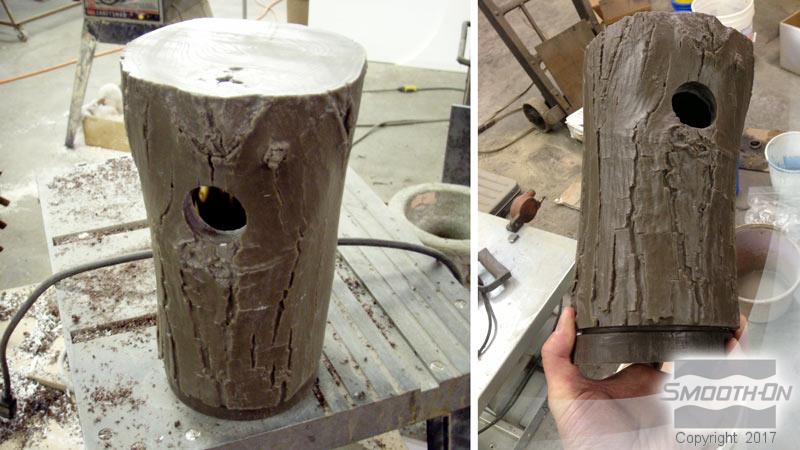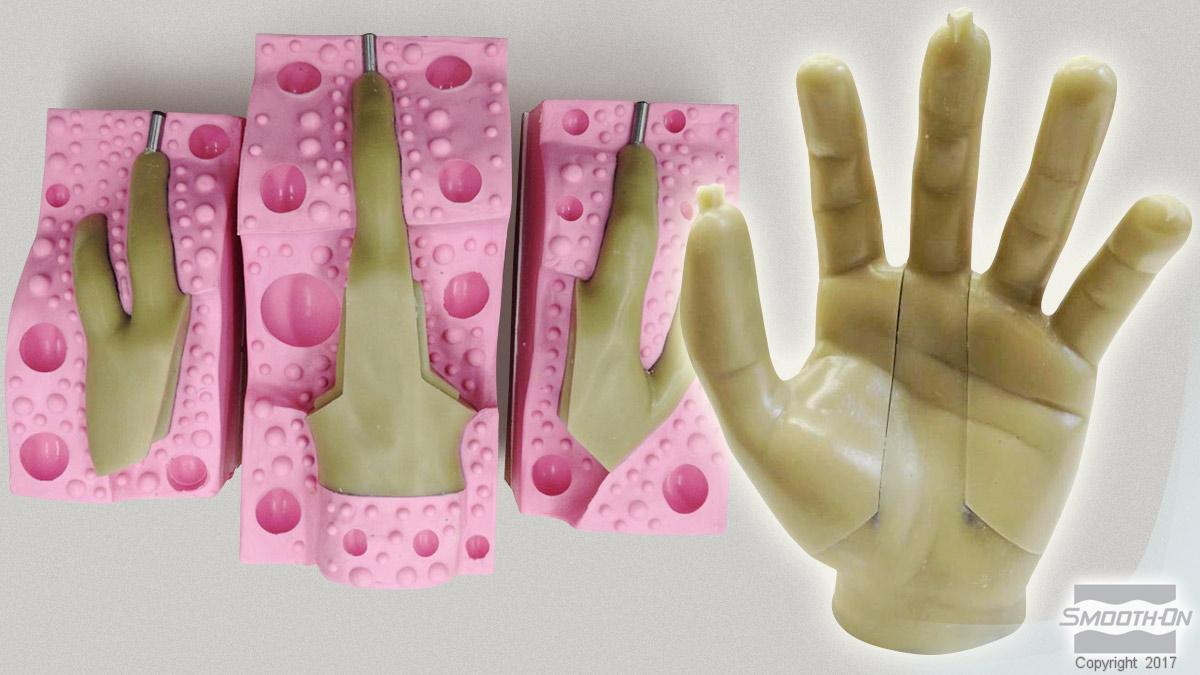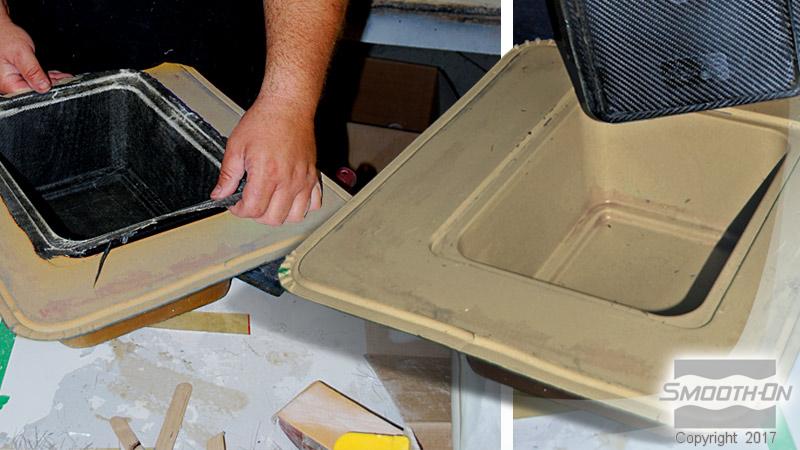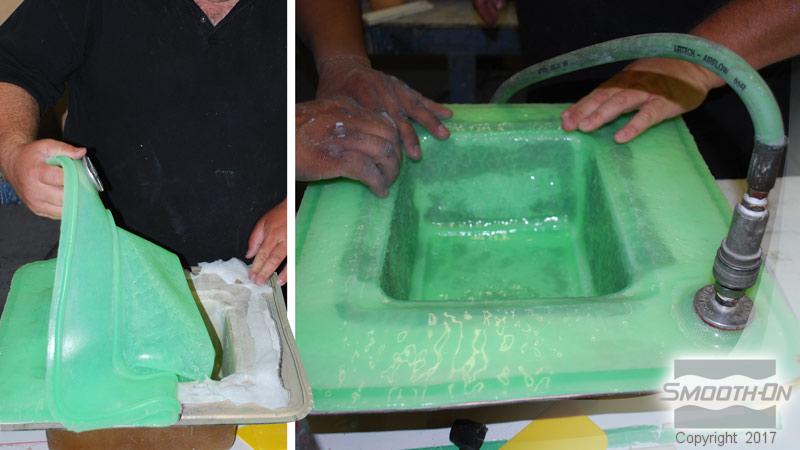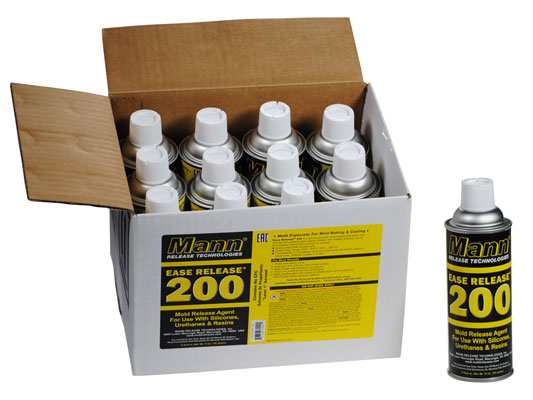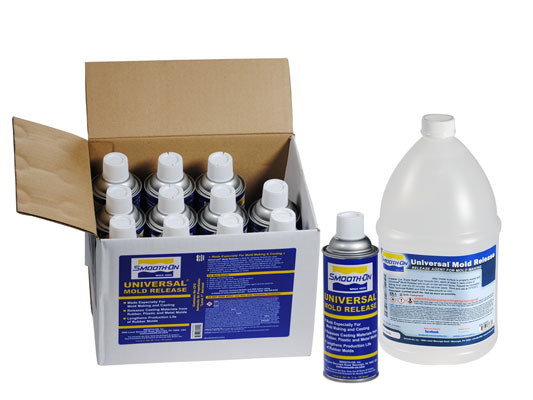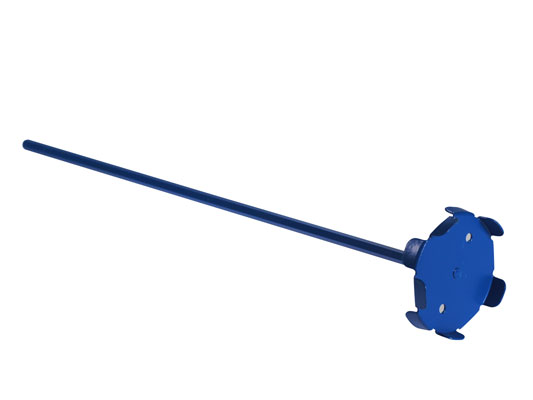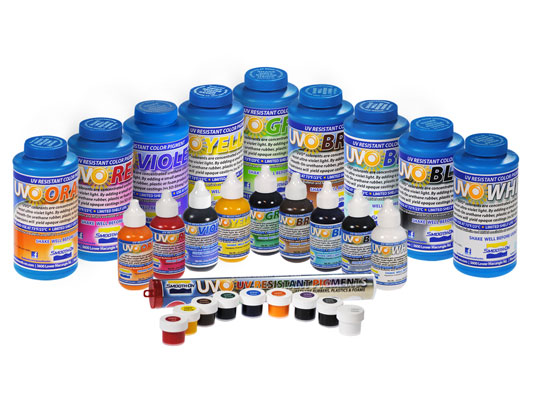Smooth-Cast® 380
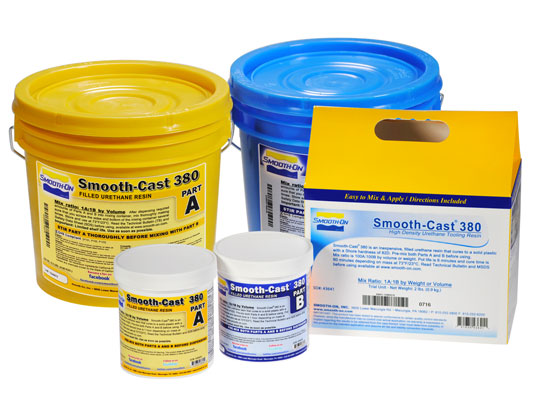
非常低。固化后的树脂非常坚固、可机加工、钻孔、打磨等。可添加SO Strong®颜色。
说明
Applying A Release Agent - A release agent is necessary to facilitate demolding when spraying into or over most surfaces. Use a release agent made specifically for mold making (Universal® Mold Release or Mann’s Ease Release® 200 available from Smooth-On or your Smooth-On distributor). A liberal coat of release agent should be applied onto all surfaces that will contact the plastic. Most silicone rubber molds usually do not require a release agent. Using a release agent, however, will prolong the life of the mold.
IMPORTANT: Apply release agent to all surfaces that will contact the rubber. To ensure thorough coverage, lightly brush the release agent with a soft brush over all surfaces of the model. Follow with a light mist coating and let the release agent dry for 15 minutes.
Because no two applications are quite the same, a small test application to determine suitability for your project is recommended if performance of this material is in question.
Mixing - Material is heavily filled and the filler will separate from the liquid during storage. YOU MUST STIR BOTH PART A & PART B WELL BEFORE USING - It is important to stir both Parts A & B individually with a paddle or power drill mixer to re-disburse the fillers thoroughly before dispensing. After dispensing equal amounts of Parts A and B into mixing container, mix thoroughly. Stir slowly and deliberately making sure that you scrape the sides and bottom of the mixing container several times. Be careful not to splash low viscosity material out of the container. Remember, Smooth-Cast® 380 sets up quickly. Do not delay between mixing and pouring.
Pouring - Pour your mixture in a single spot at the lowest point of the containment field and let the mixture seek its level. This will help minimize air entrapment.
For Best Results - Best results are obtained using a pressure casting technique. After pouring the mixed compound, the entire casting assembly (mold, dam structure, etc.) is placed in a pressure chamber and subjected to 60 PSI (4.2 kg/cm2) air pressure for the full cure time of the material.
Curing - Important: Use this product with at least room size ventilation or in proximity to a forced outlet air vent and do not inhale/breath fumes. Fumes, which may be visible with a significant mass concentration, will quickly dissipate with adequate ventilation. Castings with significant mass may be hot to the touch and irritate skin immediately following cure. Let casting cool to room temperature before handling.
Demold time of the finished casting depends on mass and mold configuration. Low mass or thin-walled castings will take longer to cure than castings with higher mass concentration.
If making rotational or hollow castings, backfilling with a rigid foam (Foam-iT! 5 or other) will provide lightweight reinforcement. Foam backfilling is recommended if castings will be subjected to temperatures above 85°F / 30°C.
IMPORTANT: Shelf life of product is reduced after opening. Remaining product should be used as soon as possible. Immediately replacing the lids on both containers after dispensing product will help prolong the shelf life of the unused product. XTEND-IT® Dry Gas Blanket (available from Smooth-On) will significantly prolong the shelf life of unused liquid urethane products.
Post Curing - Although not necessary, post curing will increase physical properties and material performance. If using as a vacuum form mold, post curing is recommended. After curing at room temperature, expose material in the mold to 150°F/65°C for 4 – 6 hours. Let cool to room temperature before use.
Performance - Cured castings are heavy, very hard and durable. They resist moisture, moderate heat, solvents, dilute acids and can be machined; primed/ painted or bonded to other surfaces (any release agent must be removed). If machining castings, wear dust mask or other apparatus to prevent inhalation of residual particles. Castings can be displayed outdoors after priming and painting. Unpainted castings will darken after being exposed to UV light. Because no two applications are the same, a small test application to determine suitability is recommended if performance of this material is in question.
